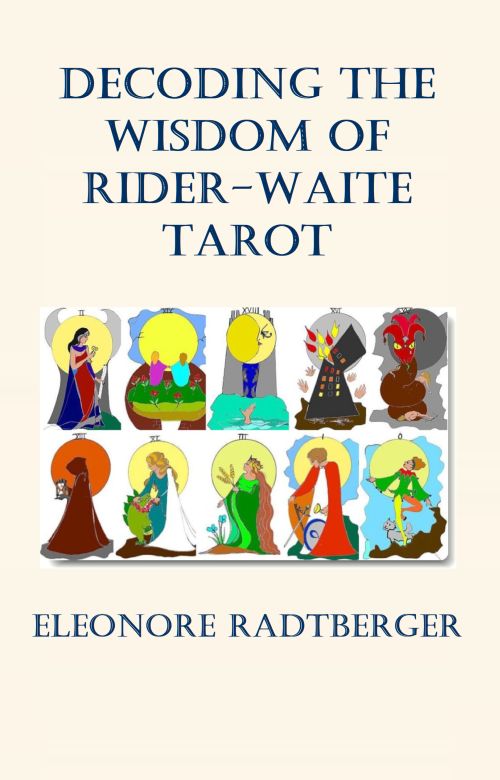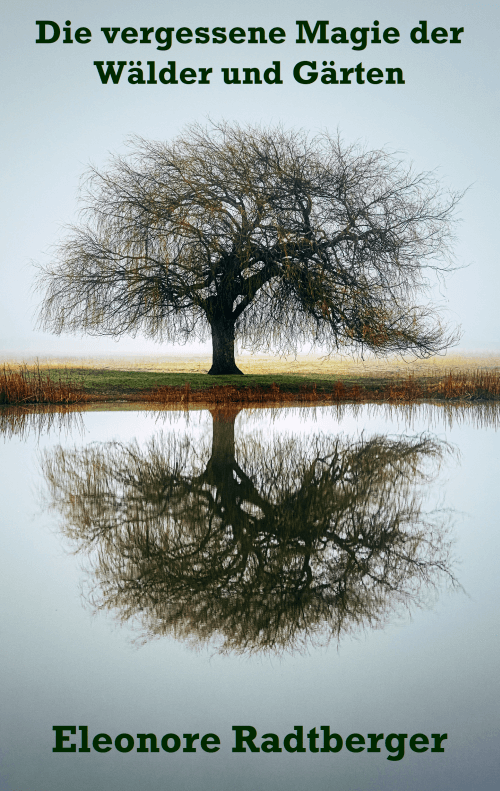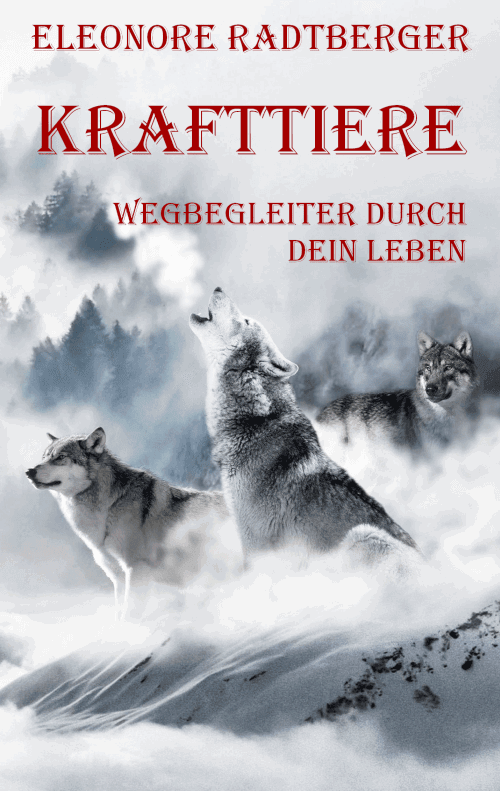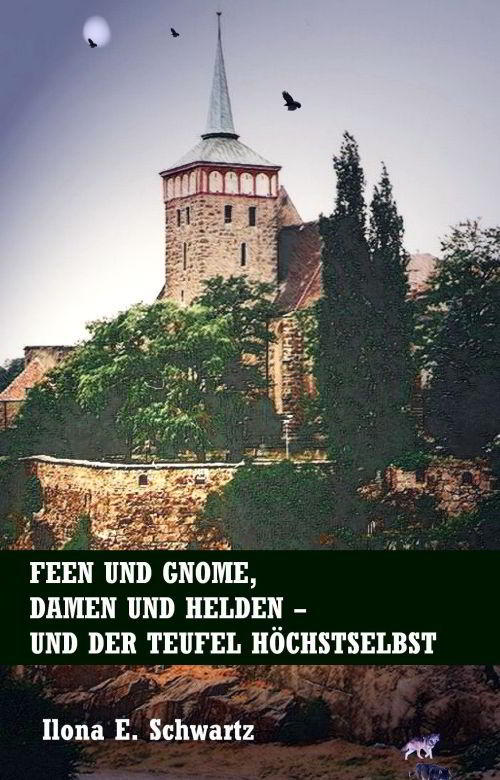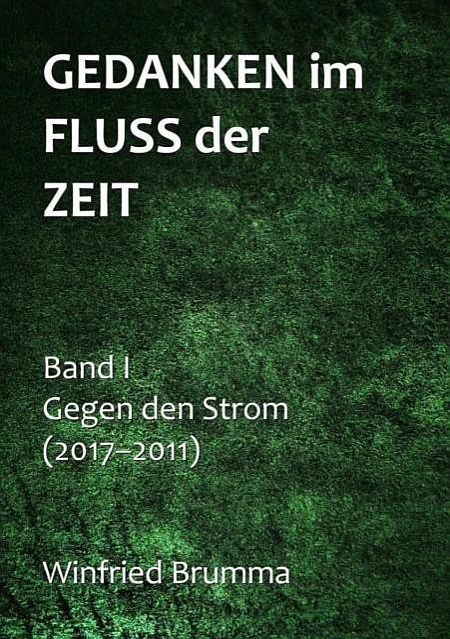
|
The phenomenon of the cult of Santa Muerte
The holy death of Latin Americans
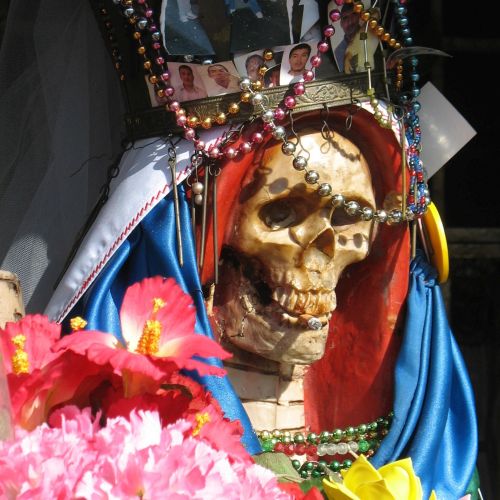
Once upon a time, there was a nobleman, who lived with his family in a magnificent house. This grandee had everything one could wish for: his wife was renowned for her beauty, and his children were healthy and well-formed.
People throughout the land admired his horses and envied him for his lands and herds. The nobleman himself could be considered a handsome man, still young in years, and of great intelligence. He enjoyed all that he had been given, believing that his good life would continue and be passed on to his children. But then the plague came upon the people and took many lives. Men, women and children fell under its merciless breath. Not many were spared.
The plague struck the poor and the rich, the old and the young alike. It also came to the grandee's large house, and no one could prevent it from entering. Within a short time, the lord's beautiful young wife died, and soon their children followed her. Consumed by grief, the widower wept, wishing for nothing more than to die too – but he was spared.
A few weeks later, a broken man said goodbye to his family's fresh graves, mounted his horse and set off on a journey from which he did not intend to return. He travelled through the country in search of death, as he did not consider it honourable to take his own life. He was looking for a fight, which was not difficult to find in those days. A sidelong glance was reason enough to provoke a duel, and people were quick to draw their swords. Although he sometimes thought he recognised a dark figure lurking among the spectators, he left many wounded and some dead, without ever sustaining more than a scratch himself.
Then war came to the land, and the nobleman joined the soldiers in battle. Time and again, he saw death in his dreams, walking before him, cloaked in a long black cape and carrying a gleaming scythe in its bony hand. He desperately tried to catch up with the figure and ask if he could accompany it, but he never succeeded. Most of these dreams ended with death disappearing on the horizon, leaving him behind in despair. For many years, he followed the dark figure's trail, fighting in battles and duels, getting involved in disputes, and even caring for plague victims. But he never caught up with his dark guide, catching only occasional glimpses of the cloaked figure.
Many years passed, and still the man sought death. One day, during his pursuit, he came to an area that seemed familiar. It was good land, but neither cultivated nor maintained. Weeds grew rampantly in the fields and the pastures were overgrown with grass, as there were no livestock to keep them short. As he walked down a once-familiar path towards a large house, the man felt his heart beat painfully. He stood in front of the wrought-iron gate of his former estate, which had been torn from its hinges. He continued walking until he reached the dilapidated house, its empty windows gazing out at the cold day. Whatever could be used had long since been taken by others, and his former home was now nothing more than an empty stone shell, slowly falling into disrepair.
This did not hurt him. He marvelled at how much time must have passed since the day he had left it all behind. A cool wind blew his hair into his face and he caught a strand and noticed that it was grey. He had become an old man while chasing death. Suddenly, he felt the weight of the years, and laboriously made his way to the only place that seemed important to him: the cemetery near the house. The graves of his wife and children were almost impossible to find, completely overgrown with vines and undergrowth. With weary hands, he pushed the vegetation aside until he could see the gravestone and the inscriptions on it.
He had come full circle, and nothing had changed. He was still alive, and the pain of loss was as strong as ever. 'Have you finally come? After all these years, I've been waiting for you.' The grandee spun around when he heard the warm voice and looked into the bony face of death – just what he had wished for since leaving.
At last, he saw the figure face to face, and what he saw made him happy. Under her cloak, she wore a long dress and had jewels on her chest. 'Santa Muerte', he whispered. 'I did not recognise you. Forgive me for chasing after a mistake.'
+ + +
'Santa Muerte' is a phenomenon. She is the holy death of Latin Americans, especially those with roots in Mexico. She is worshipped in a manner otherwise reserved solely for the Virgin Mary.
Believers adorn statues with beautiful robes and veils, decorate them with flowers, gold and pearls, and light candles in her honour. This is similar to the way the Virgin Mary is worshipped. The difference is that this saint is a female skeleton, often carrying a scythe. The Catholic Church rejects this, placing Santa Muerte in the same category as religious cults with unmistakably pagan origins. According to the Church, she calls into question Christ's victory over death.
However, this is debatable, as Santa Muerte's followers see nothing morbid or sinister in her. They offer her gifts such as cigars, tequila or roses when they have a request. These requests are generally for love, happiness or protection – the same wishes made to the Virgin Mary. The origins of this particular saint are not entirely clear. One theory is that she is Mictecacihuatl, the wife of the Aztec god of death. Over time, she became a hybrid figure, combining Christian and pagan elements.
Alternatively, she may be Hecate or Hel, goddesses who were overshadowed by the new teachings. In ancient times, these goddesses were not considered evil, but were associated with growth and life. Hecate ruled over the sea and the land. She stood for youth, light and blessings. She was the guardian of the eternal cycle of life, which includes both endings and beginnings – death and rebirth. This is evident in the Norse figure Hel, whose skin was black on one side and white on the other. Hel guarded the dead in her realm, which, under the influence of Christianity, later became a place of severe punishment. The word 'hell' probably derives from the name of this goddess.
The Celts recognised the concept of the threefold female deity – the maiden, the mother, and the wise old woman. However, they also acknowledged the otherworldly aspect of the hidden and distant goddess. In those times, death was part of life and naturally belonged to the feminine, which embodied life and growth.
The Church now teaches the opposite. Here, the masculine represents both aspects. Furthermore, death is neither integrated nor understood as part of existence. Instead, it is actively resisted. This applies to spiritual death rather than physical death, but these mysteries are not necessarily clearly explained to believers. The concept of a local hell involving physical pain and torment, which emerged in the Middle Ages, finally placed death outside of life, burdening it with great fear. This exclusion is fatal, because it distorts the image of life as a whole and does not help anyone. Unlike other cultures, the Western world has associated death with morbidity and made it taboo.
Santa Muerte shows a different view of things and should not be seen as a curiosity, but rather as a source of reflection. She is a benevolent figure who offers much, acknowledging that she has no inherent significance, but belongs to life.
© 'The phenomenon of Santa Muerte. The holy death of Latin Americans': An article by Pressenet (translated by Izabel Comati), 10/2025. Image credit: Close-up view of a Santa Muerte south of Nuevo Laredo, Mexico, CC0 (Public Domain Licence).
– Cards of the Major Arcana: Emperor, Hierophant & Lovers
– Book recommendation: 'Decoding the Wisdom of Rider-Waite Tarot'
– The aura is a magical gateway to our deeper soul
Discover more articles! Use the search function:
English archive:
More reviews, book presentations and essays
2024/2025
German archive:
2024 |
2023 |
2022 |
2021 |
2020 |
2019 |
2018 |
2017 |
2016 |
2015 |
2014 |
2013 |
2012 |
2011 |
2010 |
2009
Become a writer for Pressenet! Write articles for our online magazine on trending topics such as best books to read, health and wellness, technology and gadgets, business and finance, travel and tourism, lifestyle and fashion or education and career. Info: Become an author
Sponsors and investors are welcome: If you found our articles interesting, we would be grateful for a donation. Please also recommend us to your networks. Thank you very much!
Sitemap About Privacy Policy RSS Feed
